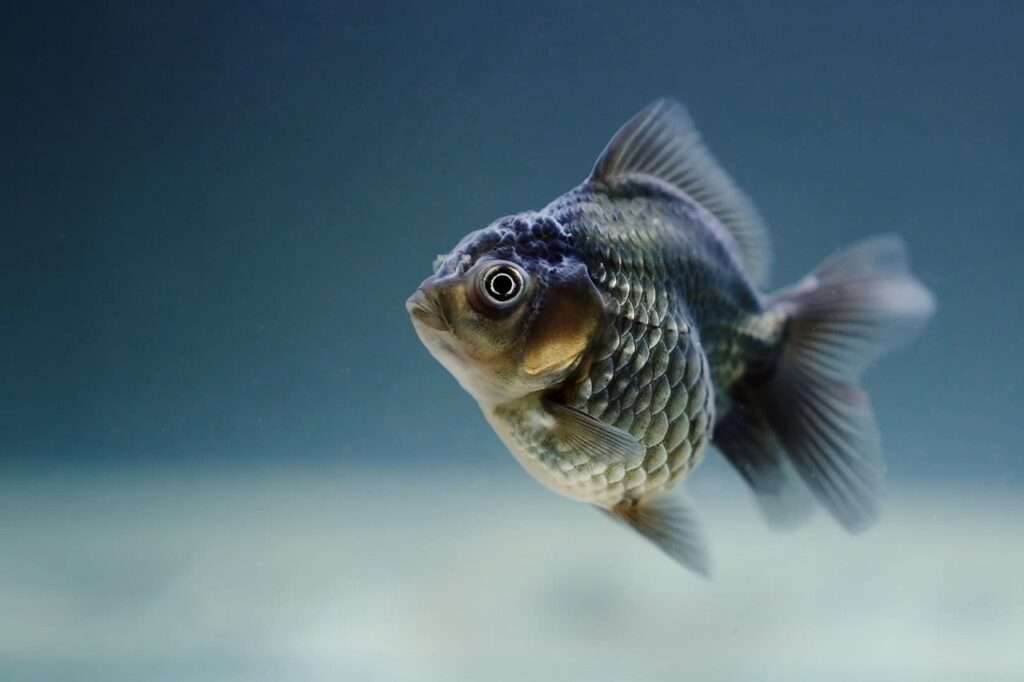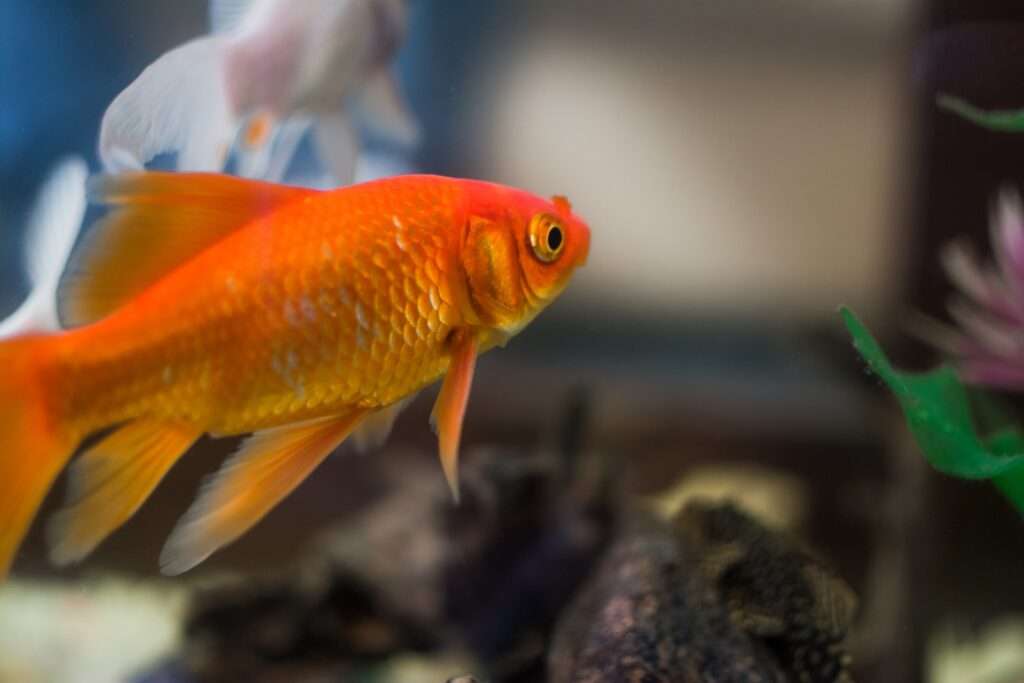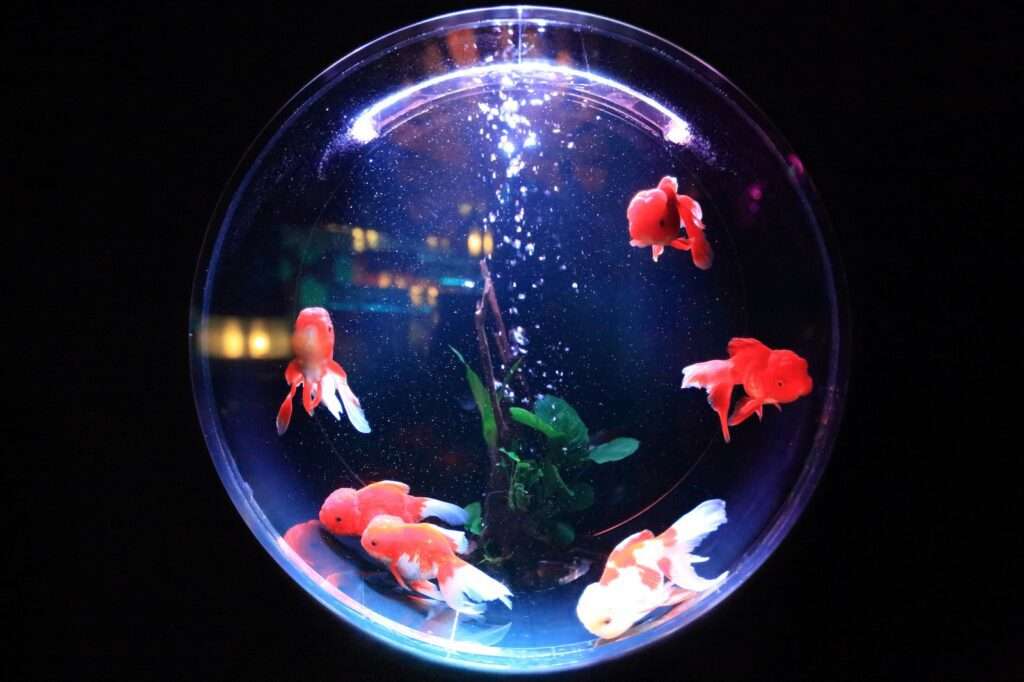Conclusion:
Stress-related diseases can have detrimental effects on fish in captivity. Understanding the causes and symptoms of these diseases is crucial to maintaining a healthy and thriving fish tank. Poor water quality, overcrowding, inappropriate tank conditions, and improper handling and transport are all common causes of stress in fish tank fish. Recognizing symptoms such as behavioral changes, physical symptoms, respiratory distress, and increased susceptibility to infections can help identify and address stress-related diseases promptly.
Preventing stress-related diseases involves maintaining optimal water quality, providing adequate space for fish, optimizing tank conditions, and handling fish with care. Regular water testing, adequate filtration, consistent water changes, and tank cleaning are essential for maintaining optimal water quality. Adhering to appropriate fish stocking guidelines, choosing tank mates carefully, and ensuring sufficient swimming space for each fish species help provide adequate space. Creating hiding spots, implementing suitable lighting schedules, and adjusting water temperature and salinity within species’ requirements optimize tank conditions. Using soft nets and gentle handling techniques, as well as minimizing transportation and relocation whenever possible, help minimize stress during handling.
By following these preventive measures and understanding the causes and symptoms of stress-related diseases, fish tank owners can create a stress-free environment for their fish. Regular monitoring and proactive actions can minimize the risk of stress-related diseases, ensuring the overall well-being and longevity of their fish.









